Lights, drones, action: Beating Retreat brings curtains down on R-Day celebrations
From the drones show to projection mapping show, this year's ceremony also presented quite a few firsts.
January 29, 2022 21:26 IST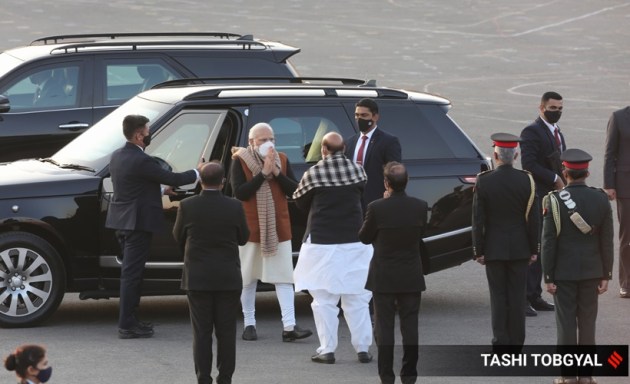 1 / 19
1 / 19PM Narendra Modi arrives for the Beating the Retreat ceremony on Saturday (Express photo by Tashi Tobgyal)
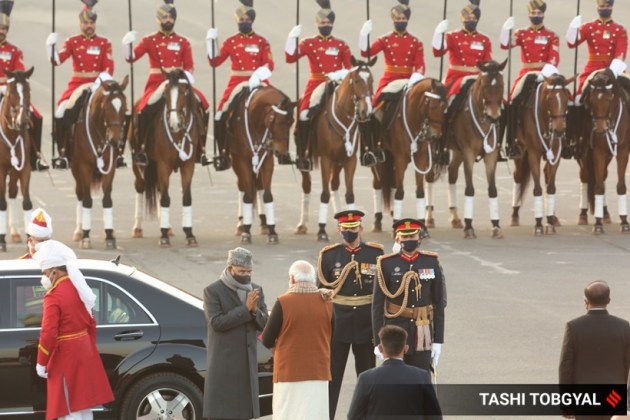 2 / 19
2 / 19President Ram Nath Kovind greets PM Narendra Modi ahead of Beating the Retreat ceremony (Express photo by Tashi Tobgyal)
 3 / 19
3 / 19President and Supreme Commander of the Armed Forces Ram Nath Kovind, Prime Minister Narendra Modi, Defence Minister Rajnath Singh, Army chief Manoj Mukund Naravane, Navy chief Admiral R Hari Kumar and Air Force chief Air Marshal V R Chaudhari and various other dignitaries were present at the ceremony. (Express photo by Tashi Tobgyal)
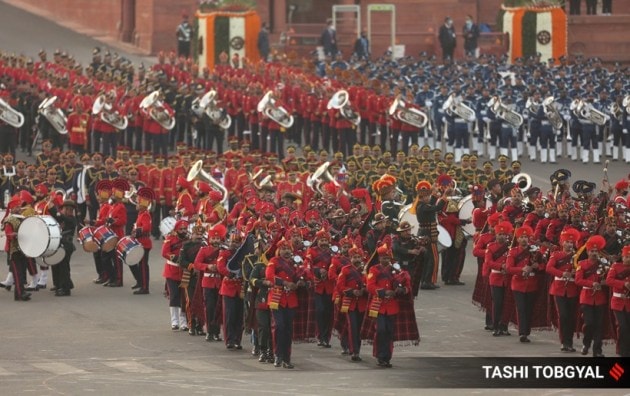 4 / 19
4 / 19The military tradition began in 17th century England, when King James II ordered his troops to beat drums, lower flags and organise a parade to announce the end of a day of combat. (Express photo by Tashi Tobgyal)
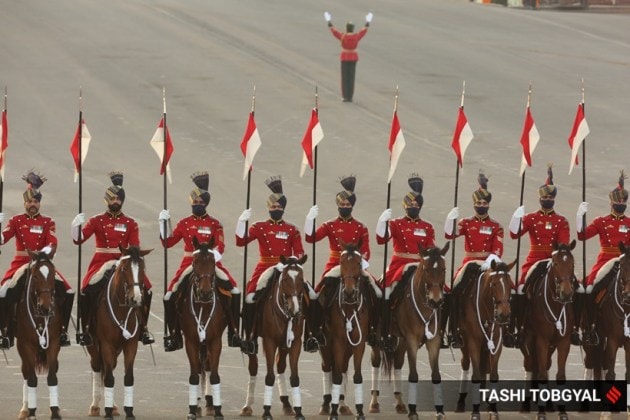 5 / 19
5 / 19Beating the Retreat also marks the last ceremony of the nation’s Republic Day celebrations, which started on January 23 with Prime Minister Narendra Modi unveiling the hologram statue of Netaji Subhas Chandra Bose at India Gate. (Express photo by Tashi Tobgyal)
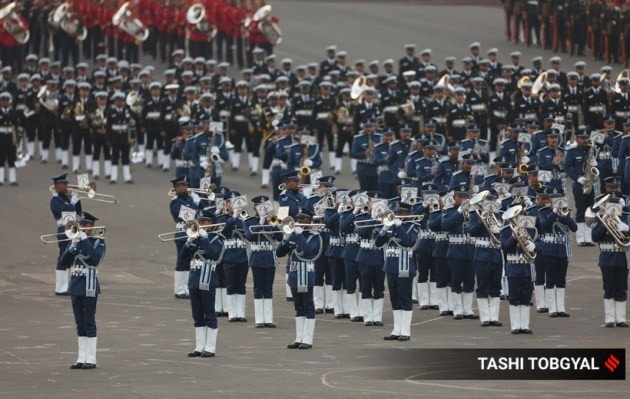 6 / 19
6 / 19For the first time in more than 70 years, popular and favourite hymn of Mahatma Gandhi 'Abide With Me' did not echo at the Vijay Chowk, where dignitaries and people, wearing masks gathered amid pandemic clouds. (Express photo by Tashi Tobgyal)
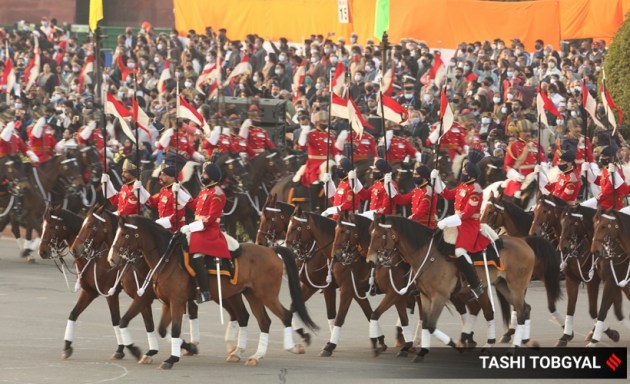 7 / 19
7 / 19The hymn was replaced by the popular patriotic song 'Ae Mere Watan Ke Logon', which was written by Kavi Pradeep to commemorate the supreme sacrifice made by Indian soldiers during the 1962 Indo-China war. (Express photo by Tashi Tobgyal)
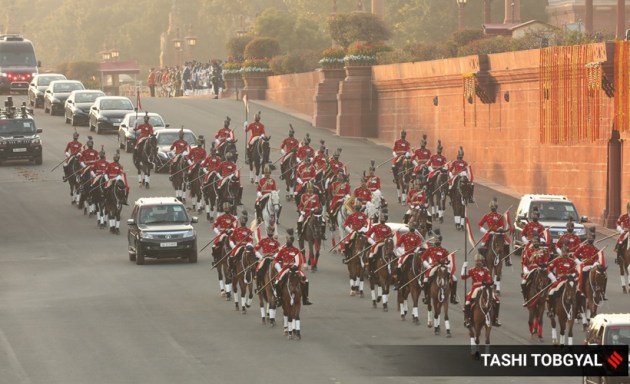 8 / 19
8 / 19This year's ceremony was conceptualised, designed, produced and choreographed under the 'Make in India' initiative. (Express photo by Tashi Tobgyal)
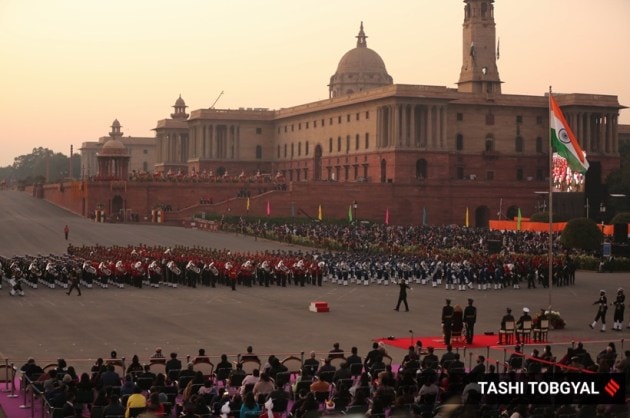 9 / 19
9 / 19Written by Scottish Anglican poet and hymnologist Henry Francis Lyte back in 1847, 'Abide With Me' had been part of the Beating the Retreat ceremony since 1950. The hymn was dropped by the government on the grounds that playing more Indian tunes would be appropriate in view of the 'Azadi ka Amrit Mahotsav', a move that has been criticised by Opposition parties. (Express photo by Tashi Tobgyal)
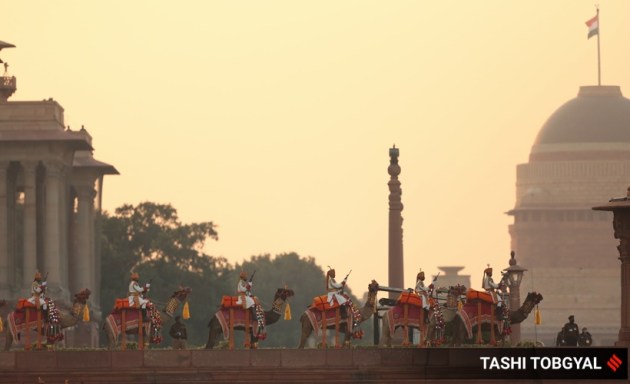 10 / 19
10 / 19Foot-tapping music by the bands of Indian Army, Navy, Air Force and Central Armed Police Forces (CAPF) filled the air. They also stood in various formations. (Express photo by Tashi Tobgyal)
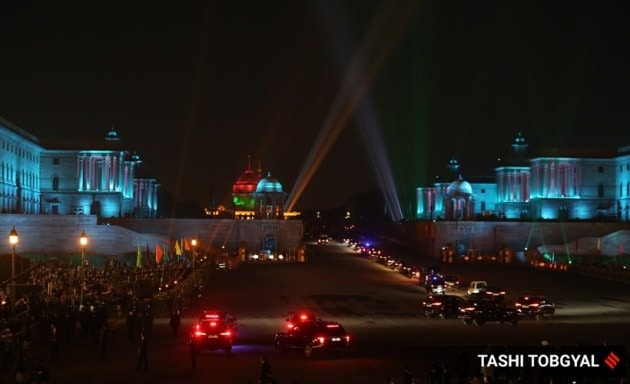 11 / 19
11 / 19There were splendid laser shows during the Beating the Retreat ceremony on Saturday (Express photo by Tashi Tobgyal)
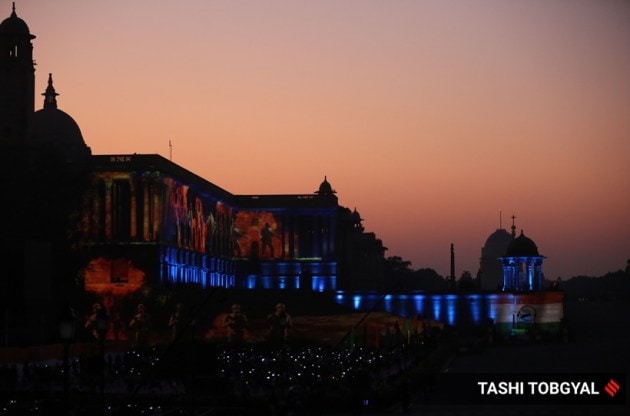 12 / 19
12 / 19The sky also dazzled with drones, fabricated through indigenous technology, as the show lasted for around 10 minutes along with synchronised background music. (Express photo by Tashi Tobgyal)
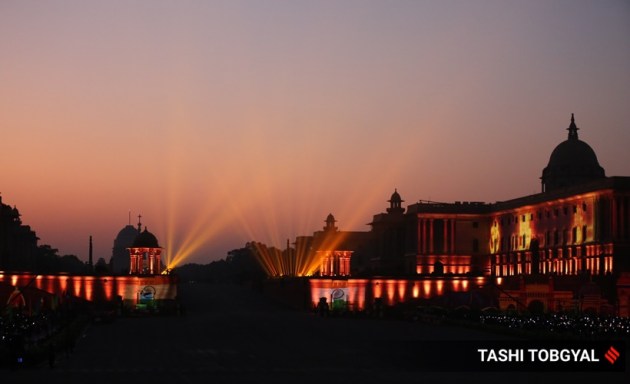 13 / 19
13 / 19Apart from the laser display, drone show and projection mapping were introduced at the ceremony. (Express photo by Tashi Tobgyal)
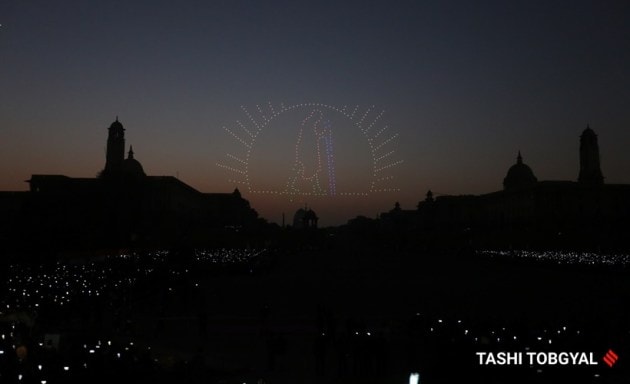 14 / 19
14 / 19Beating the Retreat dates back to the days when troops disengaged from a battle at sunset. As soon as the buglers sounded the retreat, the troops ceased fighting, sheathed their arms and withdrew from the battlefield. (Express photo by Tashi Tobgyal)
 15 / 19
15 / 19The ceremony was then called ‘watch setting’ and took place at sunset after firing a single round from the evening gun. (Express photo by Tashi Tobgyal)
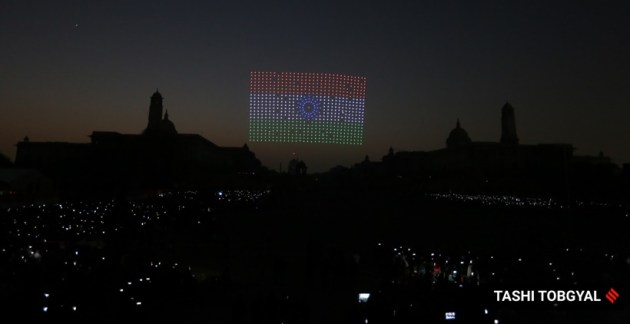 16 / 19
16 / 19The sky lit up in the colours of the Indian flag during the ceremony on Saturday (Express photo by Tashi Tobgyal)
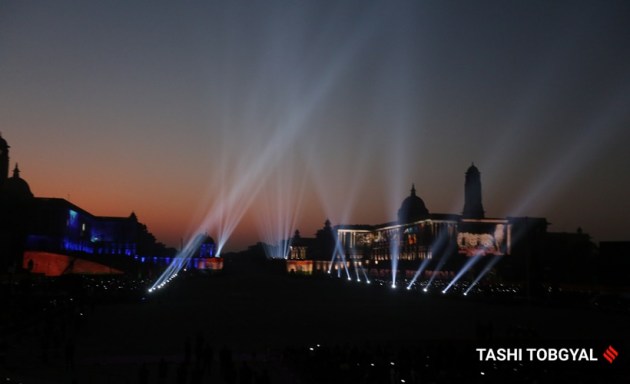 17 / 19
17 / 19Laser show on display during the event (Express photo by Tashi Tobgyal)
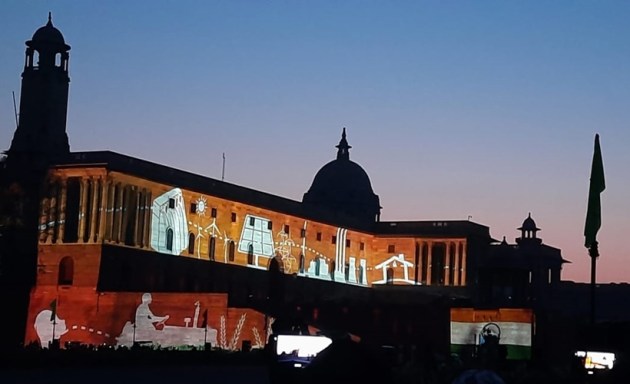 18 / 19
18 / 19A projection mapping show was held to commemorate 75 years of independence on the walls of North Block and South Block, added colours to the ambience. (Express photo)
 19 / 19
19 / 19The Beating the Retreat ceremony marked the end of Republic Day celebrations that started this year a day early with Parakram Divas on January 23 to mark birth anniversary of Subash Chandra Bose. (Express photo by Tashi Tobgyal)











